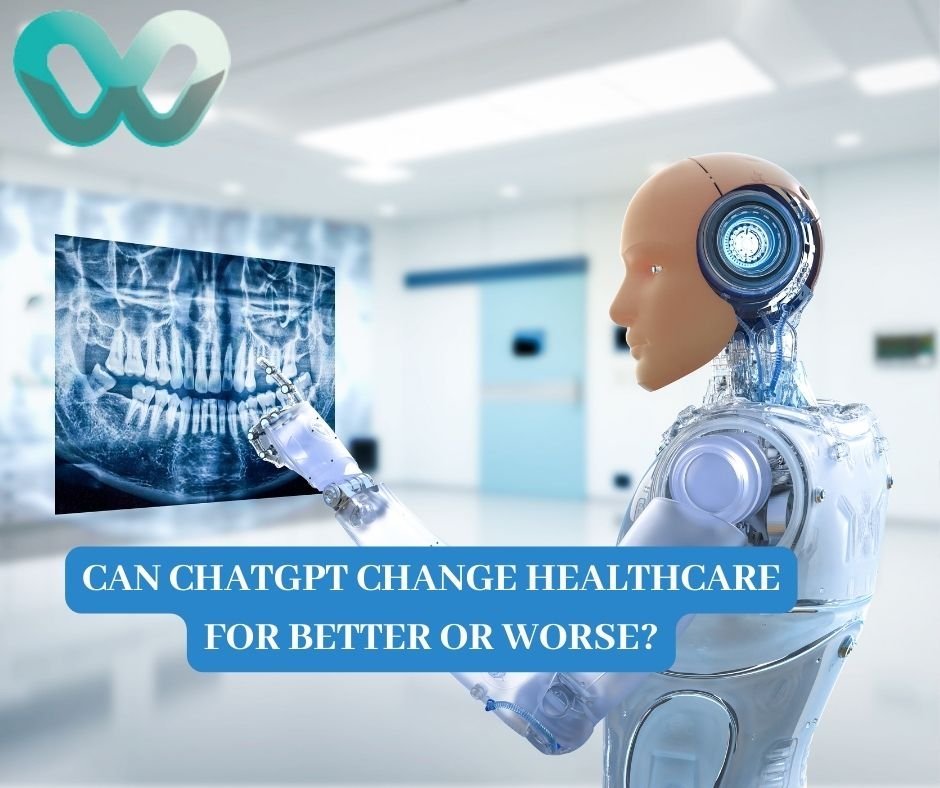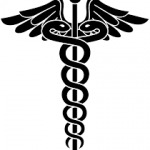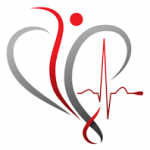In the field of healthcare, it’s important for doctors to stay in touch with colleagues, keep up-to-date with the newest developments, and regularly improve their skills. In the United Arab Emirates (UAE), the healthcare sector is growing, but there is a big need for social networking platforms specifically designed for healthcare professionals. Wakeb Health is ready to address this need by providing a new platform that helps doctors and healthcare professionals in Dubai and throughout the UAE use social media to improve their work.
The world of social media for healthcare professionals:
Social media is now a crucial part of our daily lives, impacting the way we talk, study, and do our jobs.Healthcare professionals benefit greatly from using social networking. It helps them connect with other professionals, share knowledge, and keep learning, which are important for providing excellent patient care and advancing in their careers.
But before Wakeb Health was created, there wasn’t a social networking platform designed specifically for the needs of doctors in the UAE.
Introducing Wakeb Health:
Wakeb Health is more than just a regular social networking site; it is a complete digital system created specifically for healthcare professionals. The platform brings together job listings, articles, a newsfeed, and courses in one place for doctors looking to improve their careers.
Key Features of Wakeb Health
- Job Listings: Wakeb Health provides a strong job platform that links doctors with leading healthcare companies in the UAE. The platform helps doctors find job opportunities that suit their specialty, experience, and career goals.This makes it easier for healthcare professionals to search for positions that match their skills and aspirations.
- Articles: It’s important for every healthcare professional to stay up-to-date on the newest medical breakthroughs and industry developments. Wakeb Health’s article section showcases carefully chosen high-quality articles written by experts in different medical areas.These articles discuss a variety of topics, including the latest research and helpful advice for enhancing patient care.
- Newsfeed: The newsfeed on Wakeb Health keeps users updated with the latest news and developments in the healthcare industry. This feature makes sure that doctors always know about important changes and new ideas, helping them to stay ahead in their field.
- Courses: Continuing to learn is essential for doctors. Wakeb Health provides a range of online courses to assist healthcare professionals in improving their skills and knowledge. These courses address a variety of subjects and are customized to fulfill the unique requirements of doctors in the UAE.
Wakeb Health’s Unique Value Proposition:
Wakeb Health stands out from other social networking platforms because it focuses on the specific needs of healthcare professionals in the UAE.Here are some special advantages that Wakeb Health provides:
- Localized Content: Wakeb Health provides content specifically designed for the healthcare industry in the UAE. This customization guarantees that the resources, job opportunities, and educational programs are useful for doctors working in this area.
- Community Building: Wakeb Health encourages healthcare professionals to come together as a community. It offers a space for doctors to connect, exchange stories, and help one another along their career paths.
- User-Friendly Interface: The platform has a user-friendly interface that helps physicians easily navigate and locate the resources they require.
“How Wakeb Health Improves Doctors’ Work Lives”
Making job searches easier:
Healthcare professionals often find it challenging to discover the perfect job. Finding job opportunities that match your qualifications and career goals can be difficult due to the competitive job market. Wakeb Health makes finding a job in the healthcare sector in the UAE easier with their job portal that provides a handpicked selection of job opportunities.Doctors can conveniently look for jobs that match their specialty, experience, and desired location, which helps streamline the job search and reduces stress.
Keeping up-to-date with reliable and informative content:
In the busy field of medicine, it’s important for doctors to keep up-to-date with the newest developments.
Wakeb Health’s articles offer physicians a variety of information, such as research studies, real-life cases, and expert opinions.This information assists doctors in staying up-to-date on new treatments, medical technologies, and best practices, helping them offer the best care to their patients.
Continuously improving professional skills:
Healthcare professionals need to keep learning continuously. Wakeb Health provides different courses to help physicians improve their skills and knowledge. Experts in the field have developed these courses, which cover a variety of topics ranging from clinical skills to healthcare management. Physicians can earn continuing medical education (CME) credits by taking these courses, which are necessary for keeping their medical licenses up to date and staying informed in their field.
Building a Professional Network:
Building relationships with others is very important in any job, including healthcare. Wakeb Health offers a place for doctors to connect with other doctors, share their experiences, and ask for advice. Doctors can work together on research projects, connect with mentors, and stay updated on job opportunities and industry trends by creating a professional network. In the healthcare field, working together and sharing information are important for making progress in medical care.This feeling of togetherness is especially beneficial in healthcare.
Testimonials:
To show how Wakeb Health has affected the professional lives of doctors, here are some comments from physicians who have found value in using the platform.
Dr. Ahmed Al Mansoori, Cardiologist
Wakeb Health completely transformed my career.The job portal connected me with a position that aligned perfectly with my skills and goals.The articles and courses have been extremely helpful in keeping me informed about the latest developments in cardiology.I strongly suggest Wakeb Health to any doctor who wants to improve their career.
Dr. Fatima Al Suwaidi, Pediatrician
“As a pediatrician, it is important for me to keep up-to-date on new treatments and best practices. Wakeb Health’s articles give me useful information that helps me take care of my patients better.I have also been able to connect with other pediatricians in the UAE through this platform, which has been very helpful for me.”
Dr. Khaled Al Nuaimi, General Practitioner
Wakeb Health has helped me grow professionally with their well-designed courses covering a variety of relevant topics.The user-friendly interface makes it easy for me to find the resources I need.I appreciate having access to such a thorough and supportive platform.
The Future of Healthcare Networking in the UAE
As the healthcare industry in the UAE expands and changes, it is becoming more clear that there is a need for a special social networking platform for healthcare workers. Wakeb Health is leading the way in this change, offering a complete solution that addresses the specific requirements of doctors in the area. Wakeb Health is assisting doctors in the UAE to improve their professional lives and offer better care to their patients by providing a platform that includes job listings, high-quality content, and ongoing education opportunities.
Statistics and Impact
Since its launch, Wakeb Health has seen impressive growth and adoption among healthcare professionals in the UAE. Here are some key statistics that highlight the platform’s impact:
- User Base: Wakeb Health has over 10,000 registered users, including doctors, nurses, and other healthcare professionals.
- Job Listings: The platform features over 1,000 job listings from top healthcare employers in the UAE.
- Content Engagement: Articles and news updates on Wakeb Health receive thousands of views and interactions each month, indicating a high level of engagement and interest from users.
- Course Participation: Hundreds of physicians have participated in Wakeb Health’s online courses, earning valuable CME credits and enhancing their skills.











